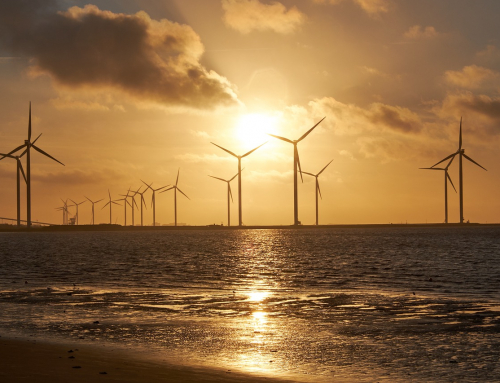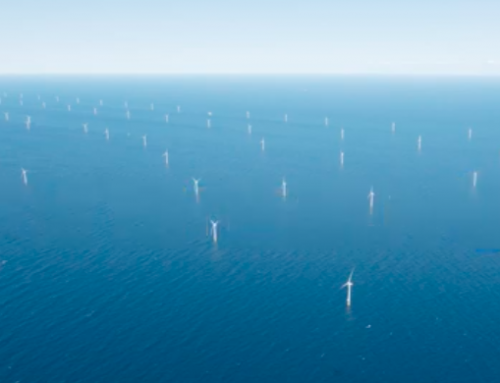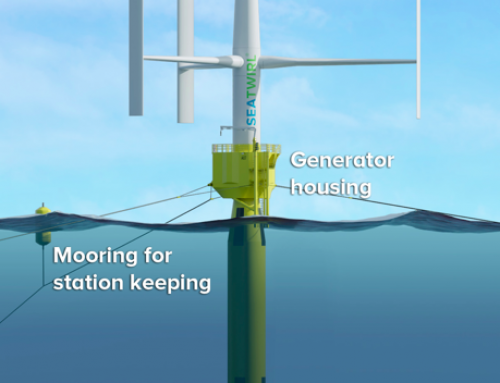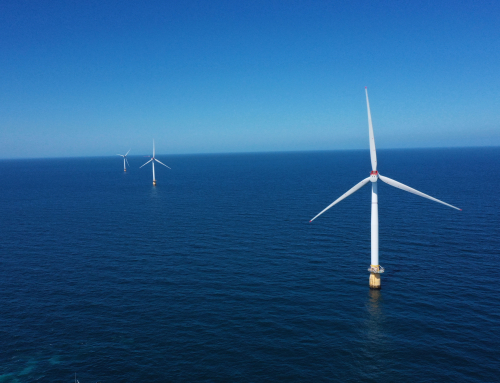As previously foreshadowed (Greenbarrel 6 March) the Global Wind Energy Council (GWEC) duly released its full Annual Report on 3 April 2019. The Report is the most widely used source of data on the wind energy sector for industry, governments and others. This was the fourteenth Annual report and the presentation has been wholly redesigned. The essential message is that Wind power is no longer a niche activity: the wind energy industry is now present in more than 90 countries, 30 of which have more than 1,000 MW of wind capacity installed, and nine countries which have more than 10,000 MW of installed capacity.
What is new is a more general overview of the windpower industry and its prospects at a time when windpower is both mainstream in terms of energy generation and part of the transition away from fossil fuels, following the growing awareness of the importance of climate change and the need to reduce emissions. The report identifies three global trends as the main drivers of future market growth, aside from regulation and government targets: changing business models by industry participants, the unlocking of further volume through corporate procurement outside of mature markets and more opportunities for the wind industry from value-focused solutions, such as hybrid generation plants.

Figures for individual countries and regions are still in the report, over and above the numbers in our earlier article. Overall, GWEC is predicting that over 300 GW of new capacity will be added in the next five years and within that total, off-shore wind will increase its share with 40GW of new offshore wind capacity to be installed (around 15 per cent of total installations each year). 2018 was also a pivotal year for the offshore industry, particularly in Asia. If governments remain committed, offshore wind will become a truly global market in the next five years.
Looking ahead, the market outlook for the global wind industry is strong. In the short term, governmental support, in the form of auction and tender programmes and renewable targets, will continue to be a significant driver for new installations. In addition, opportunities for wind energy to operate on a commercial basis are increasing as the industry continues to prove its cost-competitiveness and bilateral agreements, such as corporate PPAs, grow. Part of the justification for this optimism is simply financial: even without subsidies, wind power is now competitive in relation to incumbent fossil fuel generation and nuclear around the world, though regulatory adjustments may be required to account for the added value of wind-derived energy.
Another feature of the revised report is a focus on geographical areas where there has been little, if any, progress. South East Asia and Latin America are singled out as important areas in this regard and several pages are devoted to individual countries in both regions, emphasising the crucial need to restructure energy markets, not least so that they no longer give any support to coal. The wind industry has an enormous task ahead in these regions to illustrate its strengths and benefits and to explain how it interacts with other power technologies to build a future energy system.
Meanwhile, a steady growth in corporate sourcing as large companies choose wind as their main preference for power procurement is driving strong growth in mature wind markets, though, once again further support from local regulators and authorities may be required.





